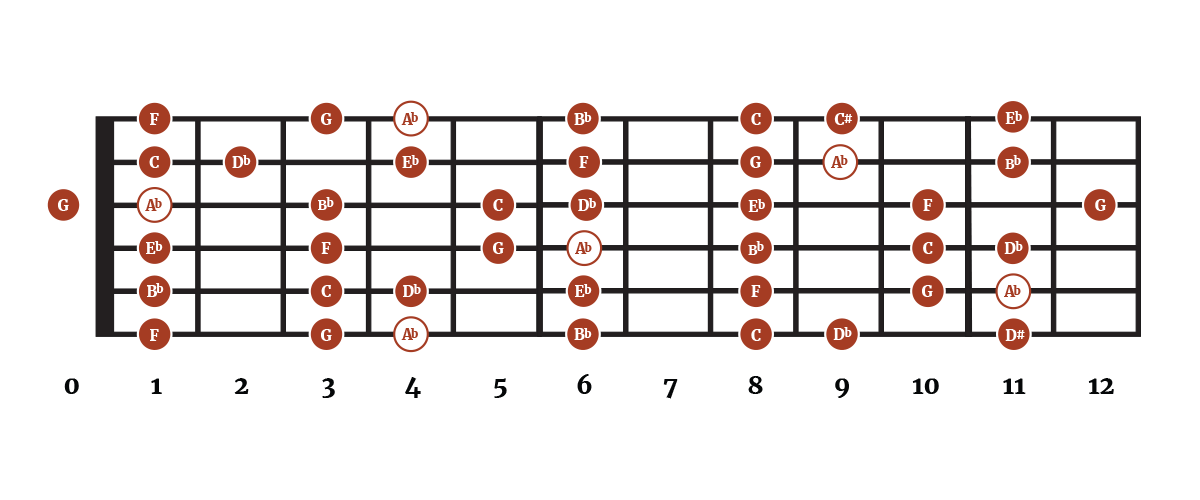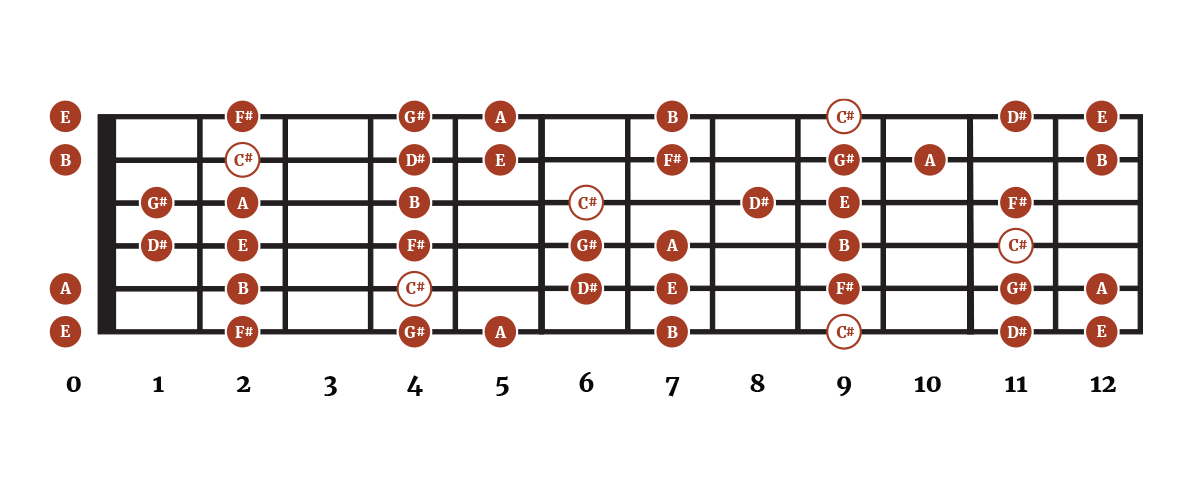The notes in the key of A Major are:
A, B, C#, D, E, F#, and G#

When these notes are assembled in order of pitch (ascending or descending) the notes form the A major Scale.
A major consists of three sharps: F#, C#, and G#, as demonstrated by the key signature preceding the notes in the example above.
This means that all occurrences of these notes in a piece of music written in A major will be played as sharps unless otherwise indicated.
The Sound Of A Major
The key of A major has a bright and cheerful quality and is often associated with feelings of triumph and positivity.
In classical music, A major is often used to convey a sense of grandeur. Many composers, including Mozart and Beethoven, wrote pieces in A Major to capture the majestic emotions this key evokes.
In popular music, A major is a common key for songs that have an upbeat and energetic feel.
The A Major Scale Step Pattern

The step pattern for the A major scale begins on the tonic note of A, before moving up a whole step to B, followed by C# which is a whole step up from B.
We then jump a half step to D and then a whole step up to E, followed by F# and G#. The scale then jumps up a half step to the tonic note of A in the next highest octave. While it is technically the same note the frequency of the pitch is actually double that of the A in the nearest lower octave.
The A Major Scale
An A note can be found on the 5th fret of the 6th (low E) string. As a result, the A major scale can be played beginning at the 5th fret (E caged shape).

Keep in mind, that there are many ways, and positions on the guitar fretboard to play scales, this is just one example.
Chords In The Key Of A Major
The chords in the key of all major scales follow the pattern of Major, minor, minor, Major, Major, minor, and Diminished.
In the key of A, this gives us the following chords:
A Major, B minor, C# minor, D Major, E Major, F# minor, G# Diminished.
| Maj | min | min | Maj | Maj | min | Dim |
| A | B | C♯ | D | E | F# | G# |
*Keep in mind, much like scales there are numerous ways to voice chords, the following are some of the easier chord voicings for each chord.
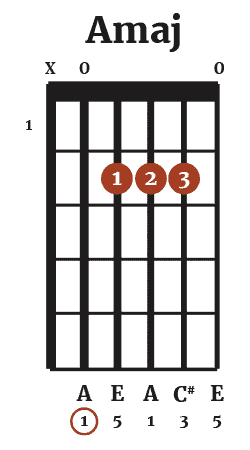
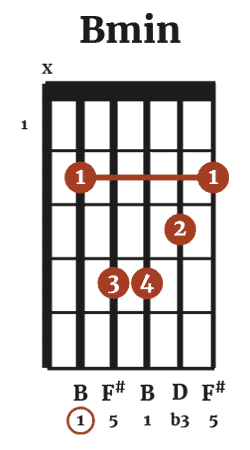
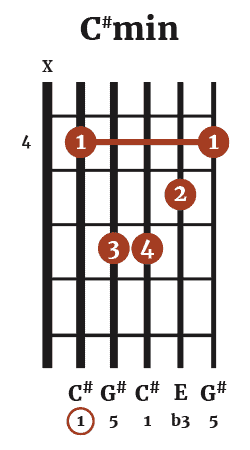


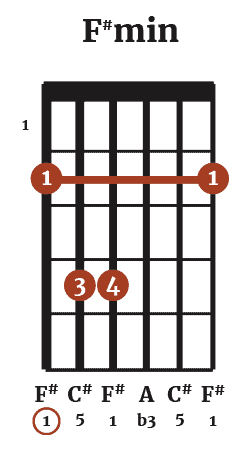

7th Chords in A Major
7th chords can be used in place of triads (major, minor, augmented, and diminished) to add more harmonic complexity to a chord progression. In the key of A major we have the following 7th chords available:
A Major 7, B minor 7, C# minor 7, D Major 7, E Dominant 7, F# minor 7, and G# minor 7 flat 5.
You can read more about 7th chords and their application here.







Chord Function
The three most important chords in any key are the I (tonic), iv (subdominant), and V (dominant). These are all Major chords and contain the 7 notes of the A Major scale.
You can read more about chord function and the relationship between chords here.
| Tonic | Supertonic | Mediant | Subdominant | Dominant | Submediant | Subtonic |
| I | ii | iii | IV | V | vi | vii° |
| Amaj | bmin | c#min | Dmaj | Emaj | f#min | G#dim |
Common Chord Progressions in A Major
| I – V – vi – IV | Amaj – Emaj – f#min – Dmaj |
| I – IV – V | Amaj – Dmaj – Emaj |
| I – vi – IV – V | Amaj – f#min – Dmaj – Emaj |
| I – IV – vi – V | Amaj – Dmaj – f#min – Emaj |
| I – V – vi – iii – IV | Amaj – Emaj – f#min – c#min – Dmaj |
Relative Minor

The relative minor key to A Major is F#minor, which contains the same notes as A major, however, the sequence of notes begins on the 6th scale degree of the A Major scale.
F# minor
| 1 | 2 | 3 | 4 | 5 | 6 | 7 |
| F# | G# | A | B | C# | D | E |
Resources
- PDF download showing the notes, scales, and chords in the key of A Major
- Learn how to read chord charts
- Learn how to read guitar tab


